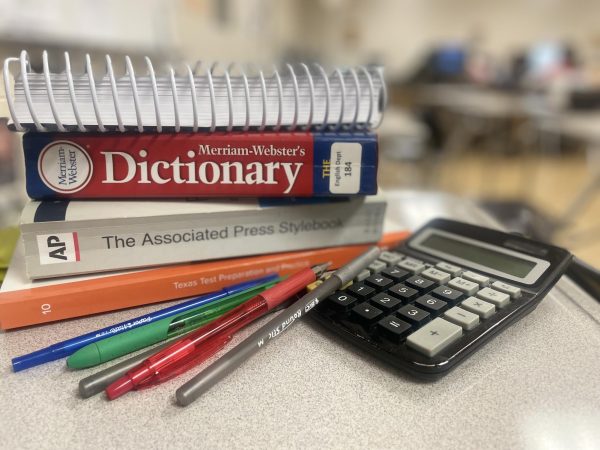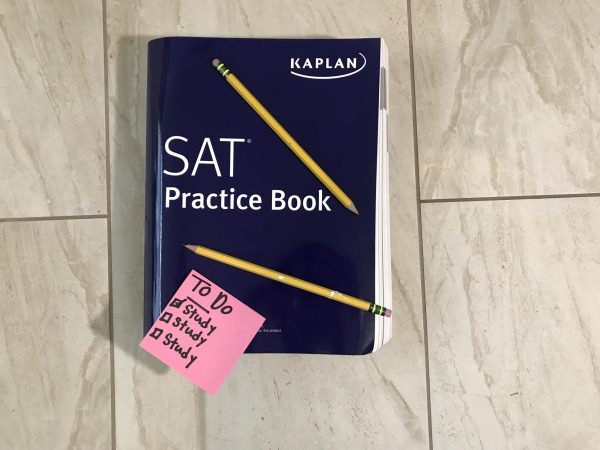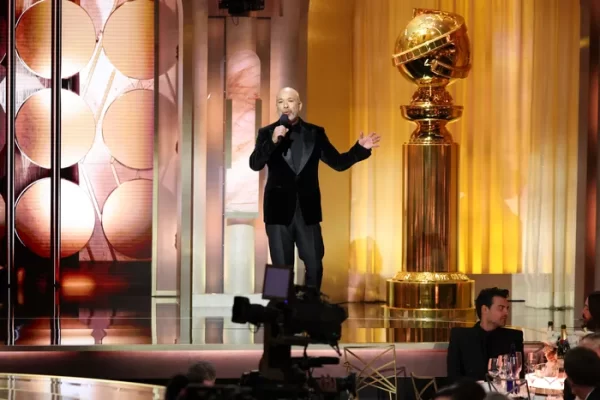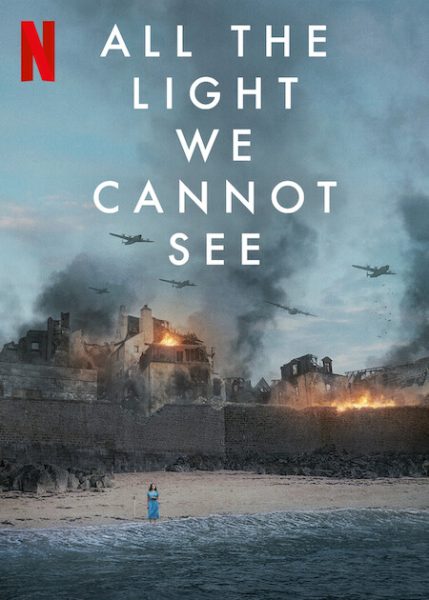Russia: what you may not know
December 18, 2019
Привет, хороший день читатели (Hi, good day readers.) The Russian language and culture has a very rich and interesting history. Family, ballet, architecture, religion, ethnicity, and even the country itself all surround the culture. The USSR left many Russians with a distrust of anyone outside of the family, extended family, and friends.
Russian is a difficult language to learn since it has 33 letters. 11 of the letters exist in the Latin alphabet but don’t make the same sound, and 22 of the letters don’t exist in the Latin alphabet at all. The hardest part of learning the Cyrillic alphabet is learning to pronounce letters that look like Latin letters but have a different sound. А Б В Г Д Е Ё Ж З И Й К Л М Н О П Р С Т У Ф Х Ц Ч Ш Щ Ъ Ы Ь Э Ю Я, the only letters that sound similar to their Latin version are A, K, M, O, and T. Russian letters are also much harder than Latin letters and they don’t use the word “a.” Like how we would say she’s a teacher they say она учитель (she’s teacher).
Russian has been something I took interest in just this year, but I’ve already learned so much about the culture and language. For example, I never really known much about Russia’s homeland until recently. The country itself is more than just a frozen tundra. There are plains, taigas, steppes, and mountains. There is also a volcano that erupted in 2017 after 250 years of dormancy and on top of that, Russia’s Lake Baikal is the world’s oldest and largest lake that supply’s 20 percent of the world’s fresh water.
In all, Russia’s population is 144 million, a decrease from its peak of 149,689,000 million in 1992. While Russian is the official language, most Russians speak English as a second language. There are over 100 minority languages spoken today, the most popular is dolgang (more than 5.3 percent of the population speaks it). Other minority languages spoken are Tatar, Ukrainian, Chuvash, Bashkir, Mordvin, and Chechen.
Religion is a primary component of Russian life and more than half of Russians follow the Russian Orthodox Church. The second largest religion is Islam, and the third largest is Tengrism. 10 to 15 percent of Russians practice Islam; Tengrism is a form of pagan, animistic, and shamanic religion. Russia’s folk tales often derive from Slavic myths and traditions. Russian folk characters are very colorful and betray ancient pagan roots. Baba Yaga is a witch-like old woman who lives in the forest in a house on chicken legs surrounded by bones; the Fire Bird is an enchanted creature with a fiery plumage they are very hard to catch, and often their capture or one of their feathers is the hero’s challenge. Russians celebrate Christmas and Russia Day. Some Russians celebrate Christmas as a public holiday on Jan. 7 while others will still celebrate on Dec. 25. On June 12th Russians celebrate the day in 1990 that Russian parliament formally declared Russian sovereignty from the USSR; originally called Russian Independence Day but changed in 2002 to Russia Day, the name was offered by Boris Yeltsin.
Founded in 1776, the Bolshoi Ballet company is a classical ballet company based at the Bolshoi theatre in Москва (Moscow) and known throughout the world. The Mariinsky Ballet in Санкт-Петербург (St. Petersburg) is another famous company in Russia. As you have probably already figured out ballet is a very popular art form in Russia. Peter Ilyich Tchaikovsky (Петер Ильич Чайковский), a 19th century Russian composer, is world renowned for the pieces “Swan Lake” and “1812 Overture” among his other pieces. There are several museums along with his childhood home showcasing his personal belongings and musical artifacts. Another piece of culture that has impacted the world is Russian literature with writers such as Leon Tolstoy (“Anna Karenina” and “War and Peace”) and Fyodor Dostoevsky (“Crime and Punishment”). Matrioshka dolls (Russian nesting dolls) are painted to represent a Russian peasant girl and often consist of a set of three or more that can be taken apart to reveal a smaller version. Traditional Russian food consists of Borsch, a beet soup with vegetables and meat and a dollop of sour cream, and Pirozhki, a small baked bun filled with potatoes, meat, cabbage, or cheese. Vodka is a popular alcoholic drink traditionally made from the distillation of fermented potatoes. Beer and tea are also widely consumed in Russia.










